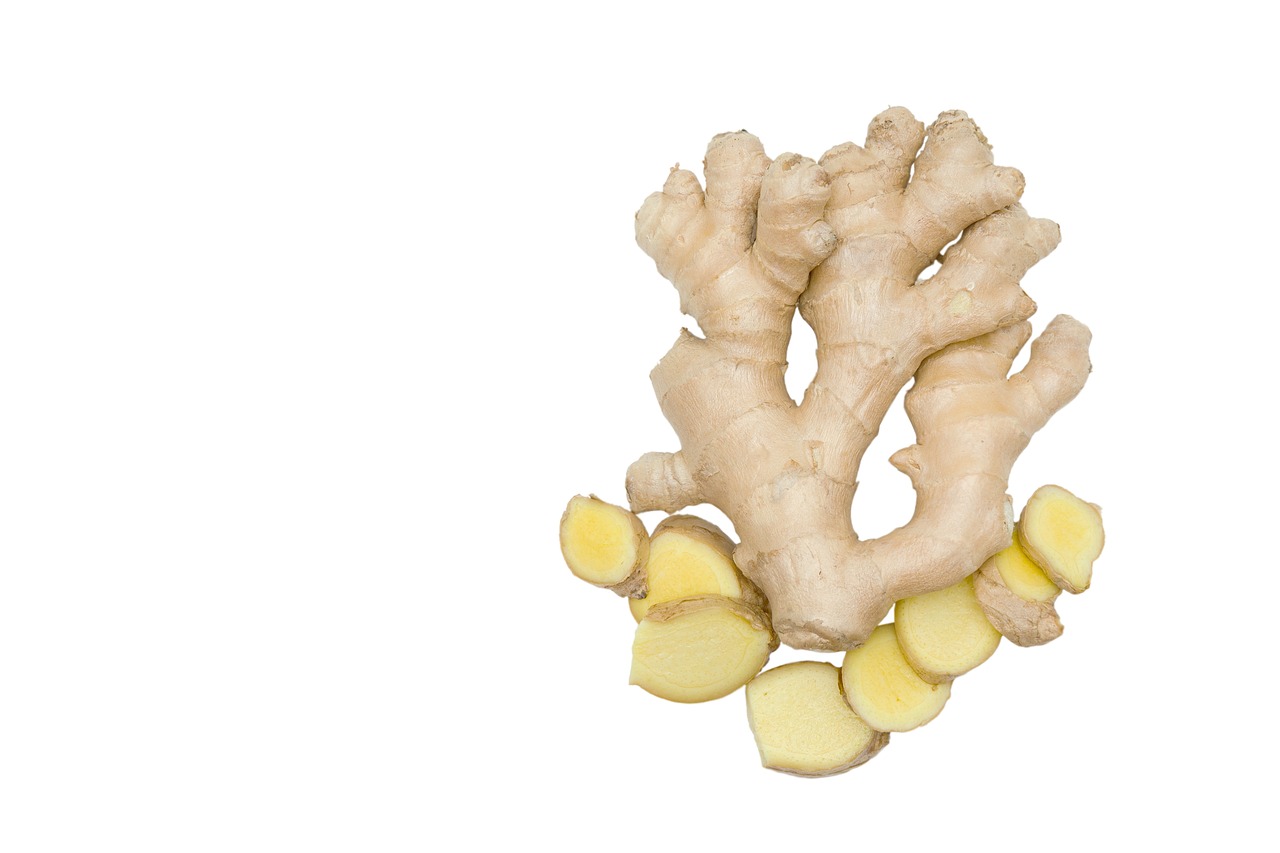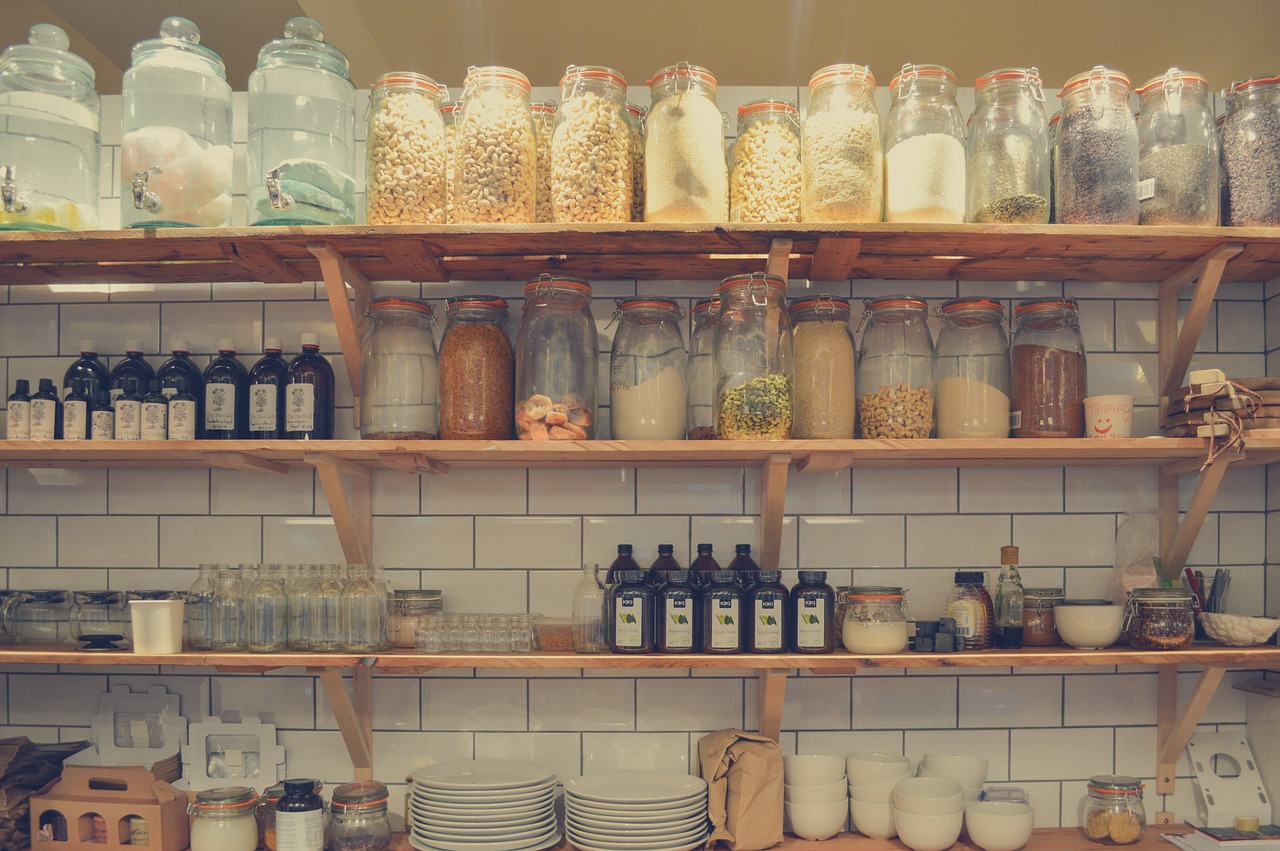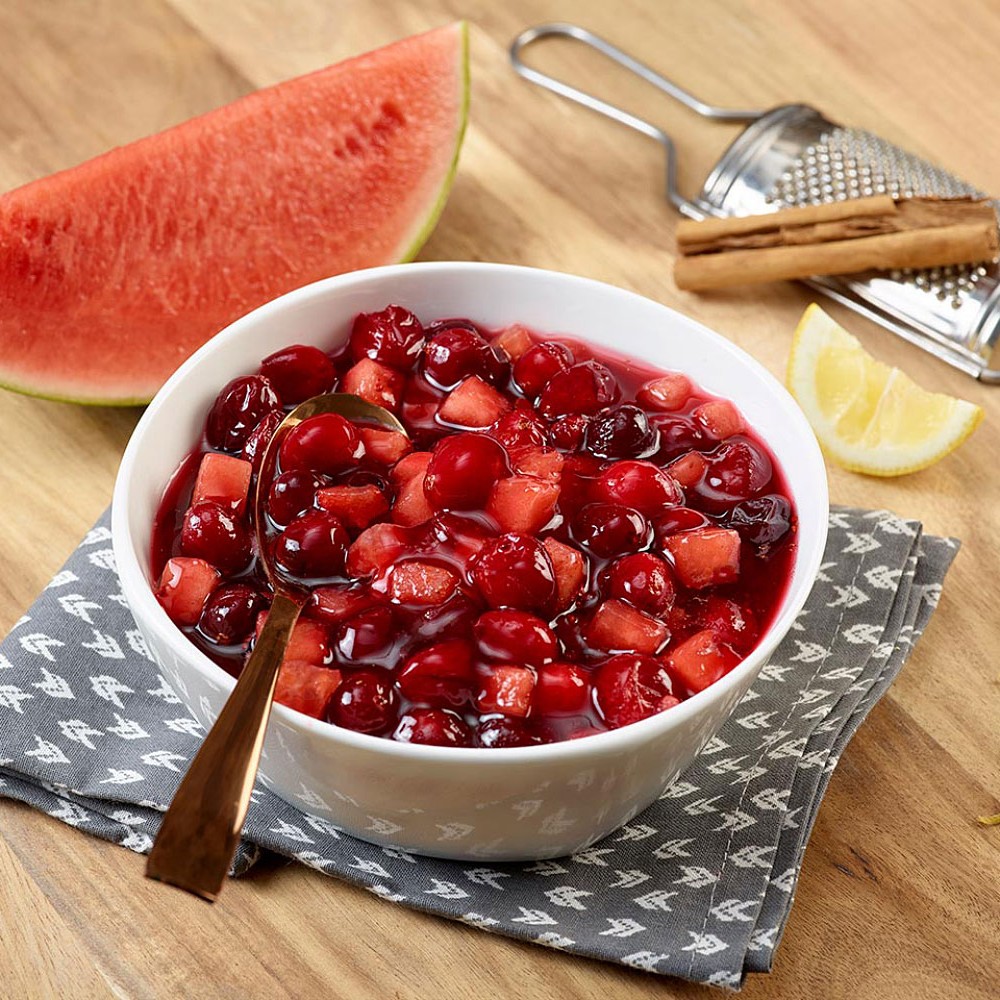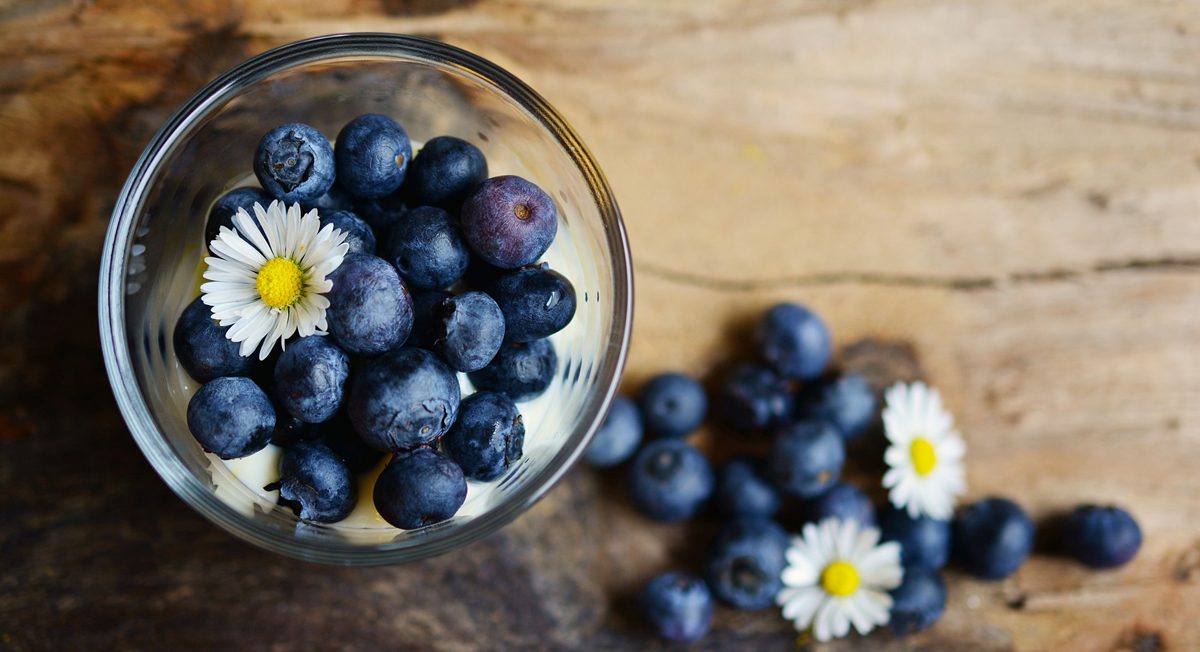Go Organic on a Budget – Part 2

There are countless reasons to eat organic food. It is the best choice for your health and the health of the environment. So why doesn’t everyone go organic? There is a higher cost associated with organic food. It costs more to produce food naturally and that cost is passed on to the consumer. There are, however, some things that you can do to make the switch to organic less costly.
There are four basic things you can do to go organic for less money: grow what you can, spend your food dollars wisely, make most of your food from scratch and don’t waste anything. Each article in this series will address one specific change you can make in each of the four areas.
Grow What You Can
Sage is a great herb to grow; it requires very little maintenance and is hearty enough to be a perennial bush in most areas. It is commonly used as a cooking herb but it’s leaves can also be boiled to create a delicious tea credited with medicinal qualities. The name “Sage” actually comes from the Latin word “salvia,” which means “to heal.” It is loaded with antioxidants and possesses anti-viral, anti-fungal and anti-bacterial properties. Blend the sage tea with green tea for extra health benefits.
Simply plant your organic sage seeds in the spring about 1/4 of an inch into the dirt. Water until the plants become established, then forget about them. Sage plants are beautiful and fragrant; they make a great addition to any landscape.
Spend Your Food Dollars Wisely
Skip the energy drinks. They do little to provide true energy; the sugar and caffeine buzz they offer is short-lived and ineffective. The best way to acquire the energy you crave is through a healthy, balanced diet and regular exercise. For those times you do need a little pick-me-up opt instead for freshly brewed organic green tea and organic dark chocolate. You’ll still get some caffeine and sugar, but without the added chemicals, flavors and colors found in most energy drinks.
Make Your Food From Scratch
Organic candied ginger has a wonderful spicy bite. It will run you about $4 for a small package, unless you make your own.
Peel 8 ounces of fresh ginger and slice into thin pieces. Put into a heavy bottomed pot with 3 cups of water. Cover, then cook over medium heat for one hour. Drain the ginger, saving 1/4 cup of the cooking liquid. Return the ginger and cooking liquid to the pot; add 8 ounces of organic rapadura sugar. Bring the mixture to a boil, stirring often. Reduce to a simmer and cook (stirring constantly) until almost all the liquid has evaporated, about 15 minutes. Transfer to an oiled cooling rack. Spread the candy out. Let the ginger cool completely before enjoying.
Save the sugar that falls off of the rack during cooling; use it in any recipe that calls for sugar to impart a spicy ginger flavor.
Don’t Waste Anything
Most recipes that call for ginger require that the ginger be peeled before using. Those peels are full of ginger flavor. I save them in a container in the freezer until I am ready to use them. My favorite way to use the skins is in ginger green tea. I boil the ginger skins for 5 minutes then add organic green tea leaves. I let it steep for 2 minutes then strain. It’s great hot or iced.
Another great use for the skins is ginger whipped cream. Steep the skins in heavy cream overnight. Strain, then whip like you would regular cream. This ginger flavored whipped cream is divine on homemade apple pie.
I hope I have inspired you to look at ways you can afford to go organic. Thanks for reading, see you in Part 3!
The Author:
Heather Krasovec








